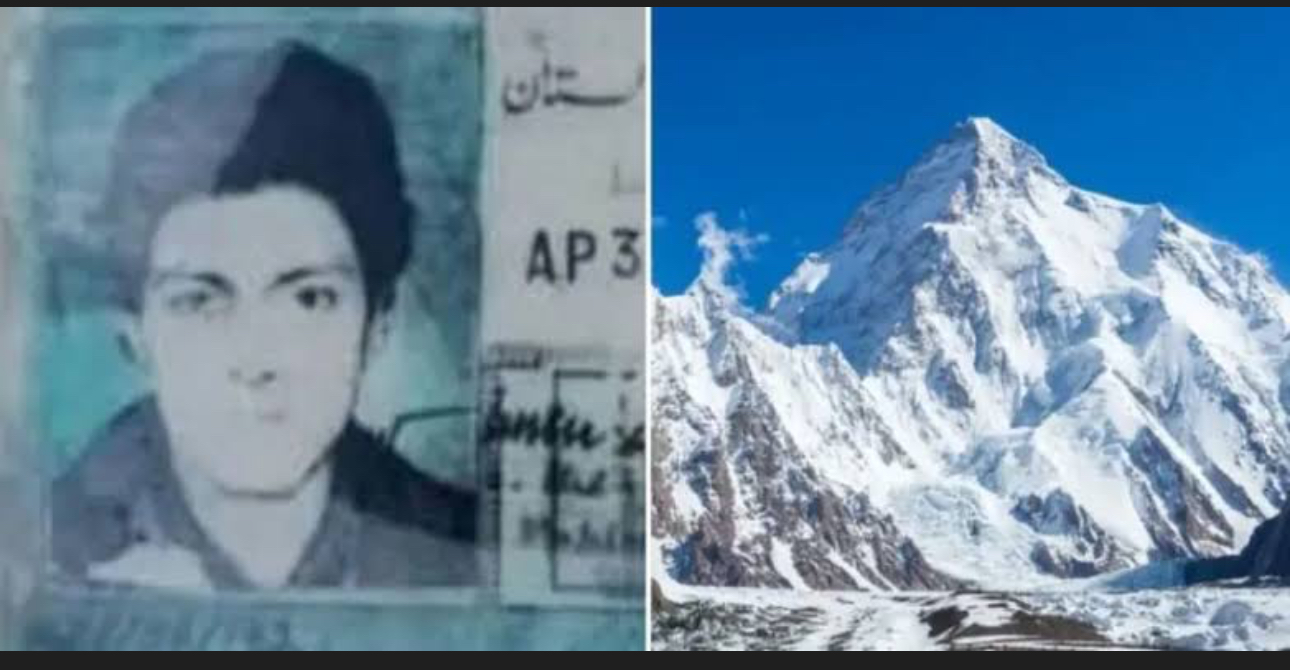Missing Pakistani Man’s Remains Recovered From Melting Glacier After 28 Years

In a remarkable and haunting turn of events, the mummified body of a Pakistani man who disappeared nearly three decades ago has been discovered in the Lady Meadows region of Kohistan, northwest Pakistan.
The man, Naseeruddin, was found preserved in ice by a local shepherd as the glacier where he disappeared continued to melt due to rising temperatures linked to climate change.
Naseeruddin, then 33 years old, went missing in 1997 while traveling with his brother, Kathiruddin. The brothers had chosen an unusual mountainous route to avoid a family-related threat, but a sudden snowstorm separated them. Kathiruddin survived, but Naseeruddin was never found—until now.
The discovery came on August 1 when a shepherd, navigating near the melting glacier, spotted what appeared to be a human form trapped in ice. Authorities were alerted, and upon closer inspection, they confirmed the body to be that of the long-missing man. Remarkably, due to the glacier’s cold and dry conditions, not only was the body well-preserved, but even his clothing and facial features were intact. A national ID card found in his pocket helped with immediate identification.
For 28 years, Naseeruddin’s disappearance remained a mystery to his family and community. His nephew, Malik Ubaid, speaking to local media, expressed a mixture of sorrow and relief. “Finally, we have got some closure after the recovery of his body,” he said, adding that the family now faces a difficult decision—whether to bury him near where he was found or transport the remains to their home village for a traditional burial.
Police and glacier experts have confirmed the body was preserved through a natural mummification process caused by extreme cold and limited oxygen. Glaciologists note that such discoveries are becoming increasingly common as global warming accelerates the melting of glaciers worldwide.
The Lady Meadows glacier, like others across the Himalayas and Karakoram range, has been retreating rapidly over the past decade, exposing what had been locked away in ice for decades.
The incident is a grim reminder of the unintended consequences of climate change. While glaciers serve as critical water sources for millions, their melt is now unearthing long-lost remains, revealing past tragedies that were once frozen in time.
For the family of Naseeruddin, it marks the end of a long and painful chapter. But for the wider world, it is yet another visible, human marker of how shifting global climates are transforming landscapes—and exposing the past in ways no one could have foreseen.









